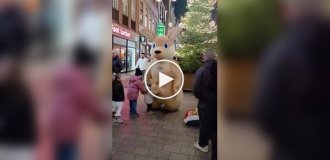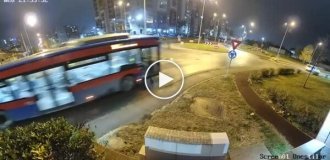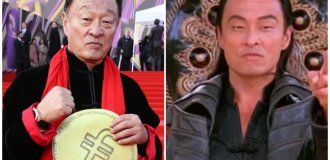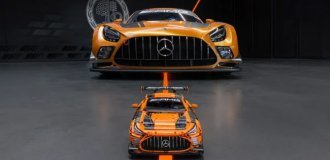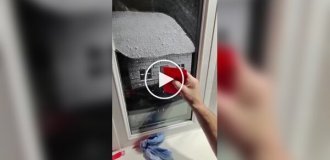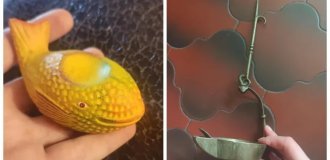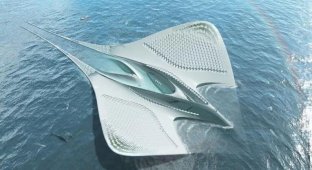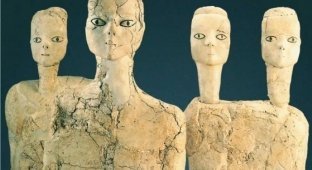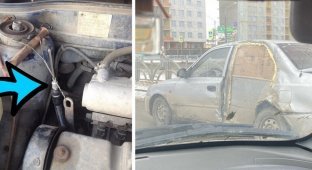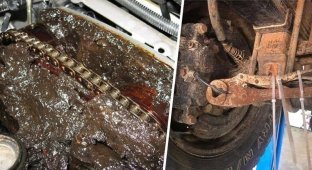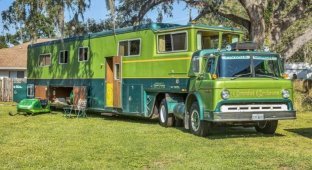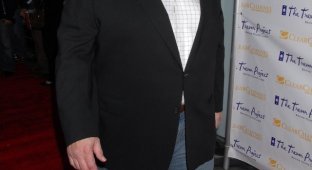Terracotta army: a grand find that still excites the minds of scientists (10 photos)
In 1974, Chinese peasants began to dig a well in Xi'an, and never expected to stumble upon one of the grandest finds in stories. It was the "Terracotta Army" - the burial of 8 thousand full size terracotta statues of Chinese warriors and horses. Ibid Qin Shi Huang, the first emperor of China, was buried. The find remained buried for millennia, and therefore the discovery has grown various facts. Let's find out the most interesting! 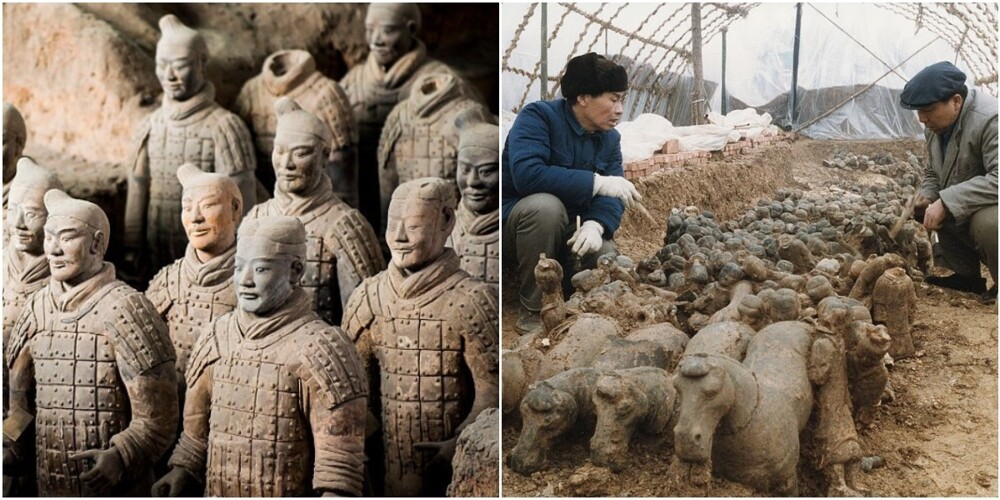
Qin Shi Huang 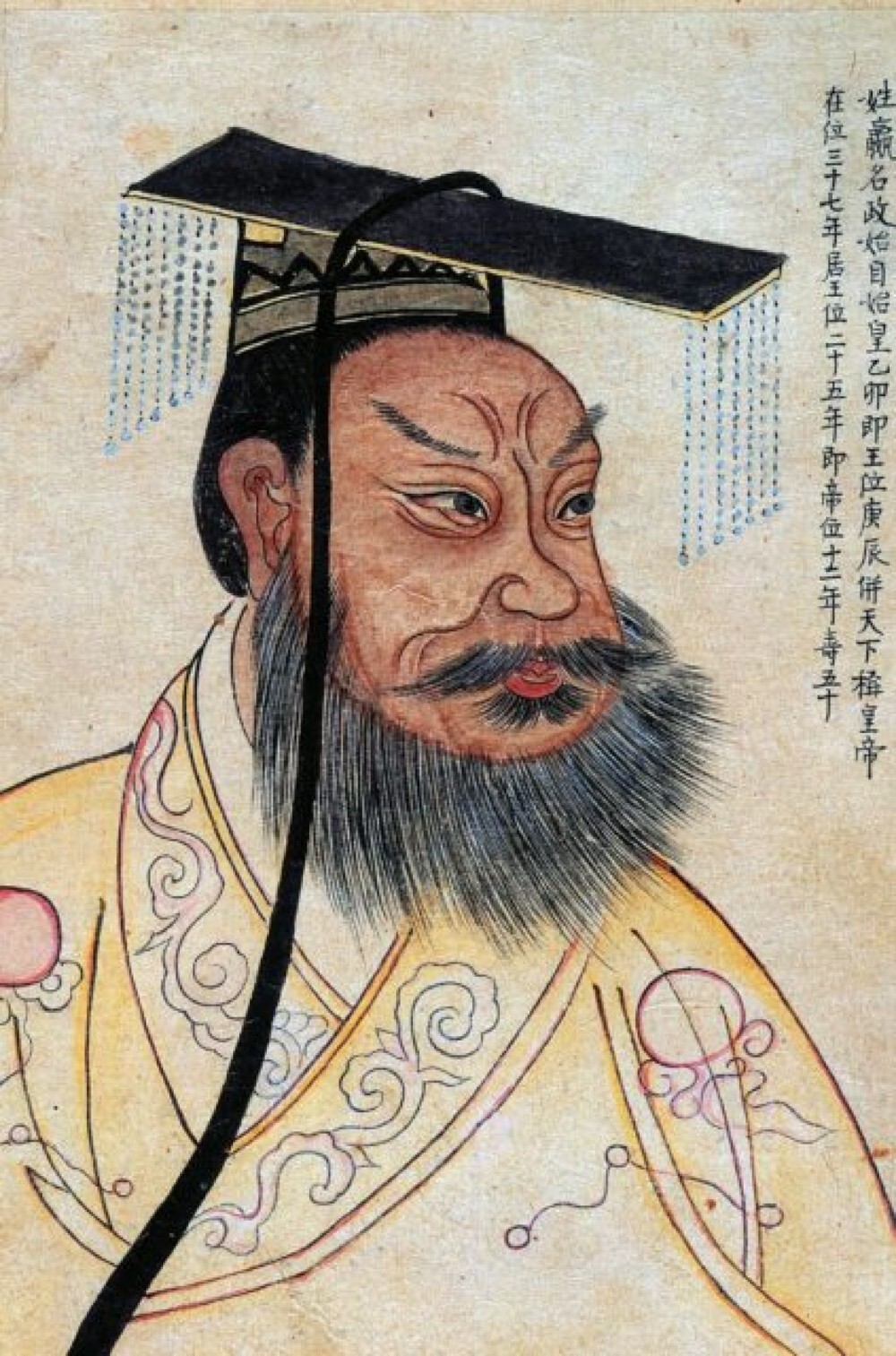
Qin Shi Huang, the first Chinese emperor, is credited with uniting the warring states of China and turning them into a single one. He ruled from 221 to 210 BC, and during this time initiated many economic and political changes in the country. His reign causes controversy: on the one hand, he made a contribution to the development China, and on the other hand, was a tyrant. It is known that he was convinced a supporter of the adoption of a single philosophy in the country: and therefore often burned books that contradicted his views, or killed scientists, who studied or promoted other people's ideas. Despite this, Shi Huangdi left a significant mark in the history of China. Centuries later, archaeologists discovered his unique burial place. This was the tomb with terracotta army. 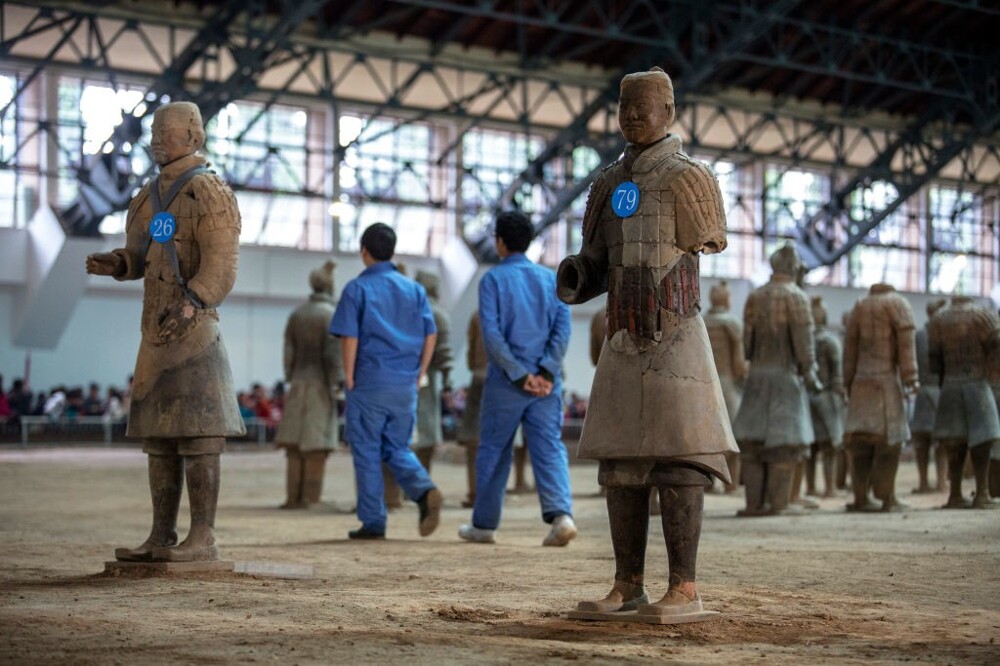
Unique find 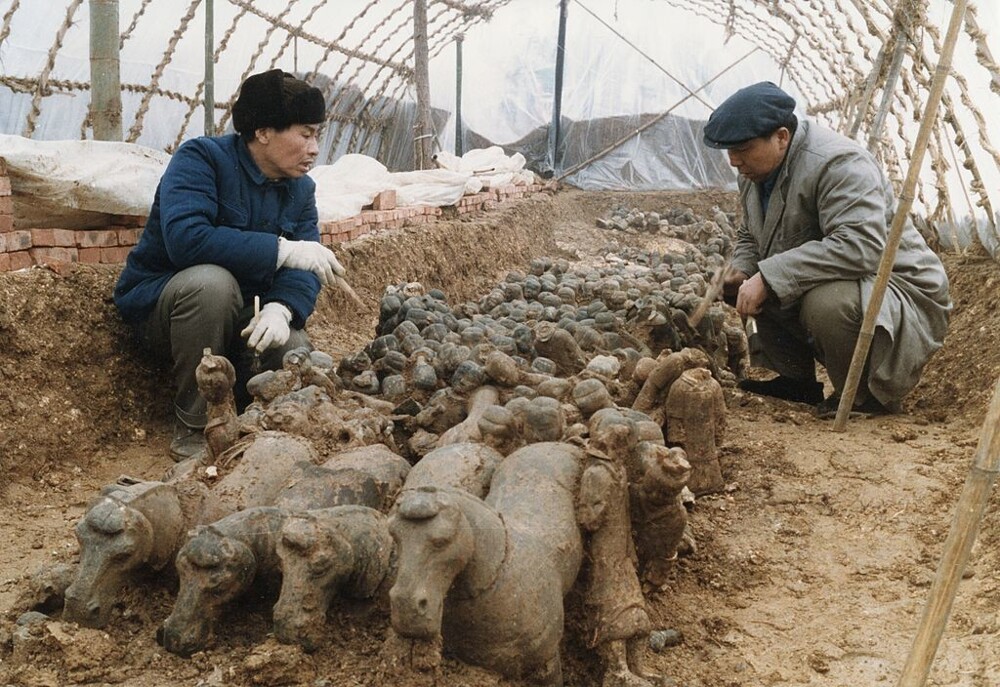
In 1974, a group of Chinese peasants began to dig a well in Xi'an in the midst of a drought. While digging, they suddenly stumbled upon earth of an unusual red hue - and continued to dig to find out what's there. They found bronze arrowheads and many heads in life size, made of terracotta, and other terracotta fragments. The find was first reported to archaeologist Zhao Kangmin, who immediately arrived at the scene with a colleague. By that time, it turned out that the farmers started selling some artifacts - so the archaeologist promptly delivered the remaining finds to the museum, where at that time have worked. The scientist tried for three days to assemble something from the fragments, and he succeeded - two terracotta warriors turned out. 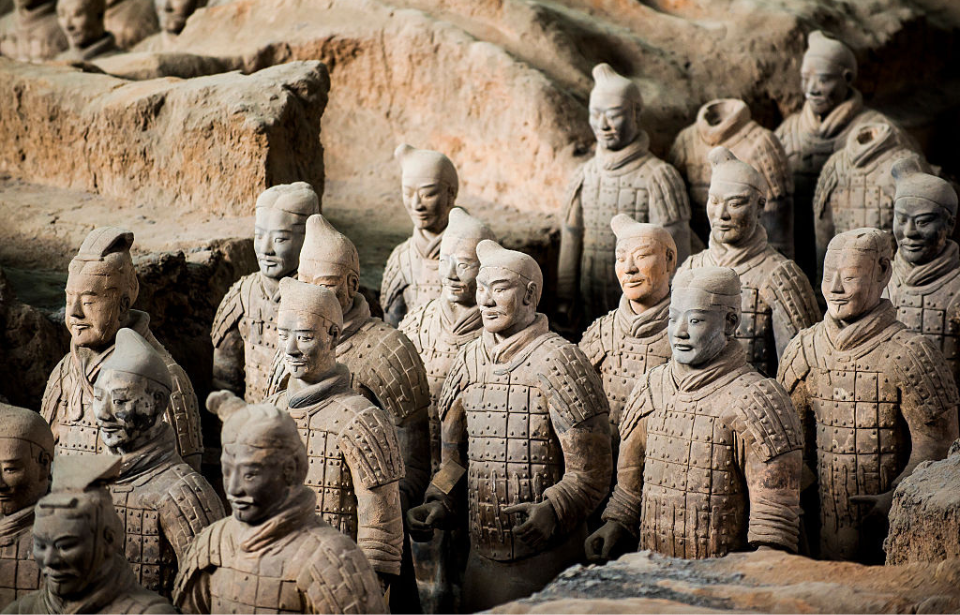
loud opening 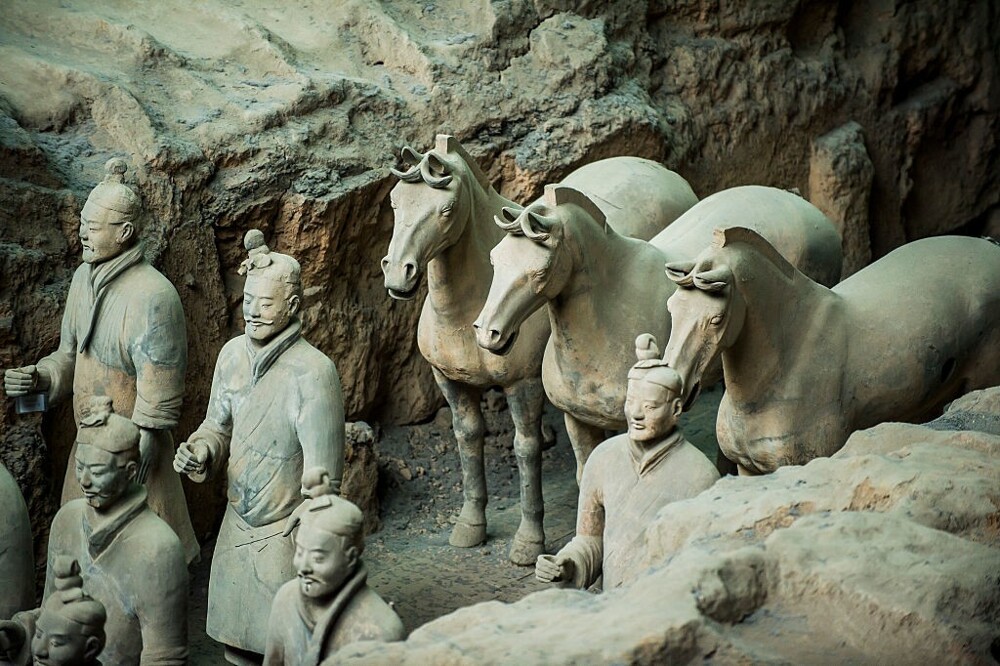
Kangmin tried to keep this find a secret from the authorities, it soon gained publicity. The news that the peasants unearthed ancient burial site, quickly reached the Communist Party, who ordered to excavate the site. It was grandiose event - considering that the burial place was huge sizes. For several months of excavations, 500 warriors were discovered, but that number soon grew to thousands. All of them were scattered over a vast territory. The museum with the finds was opened even before the completion of the excavations. 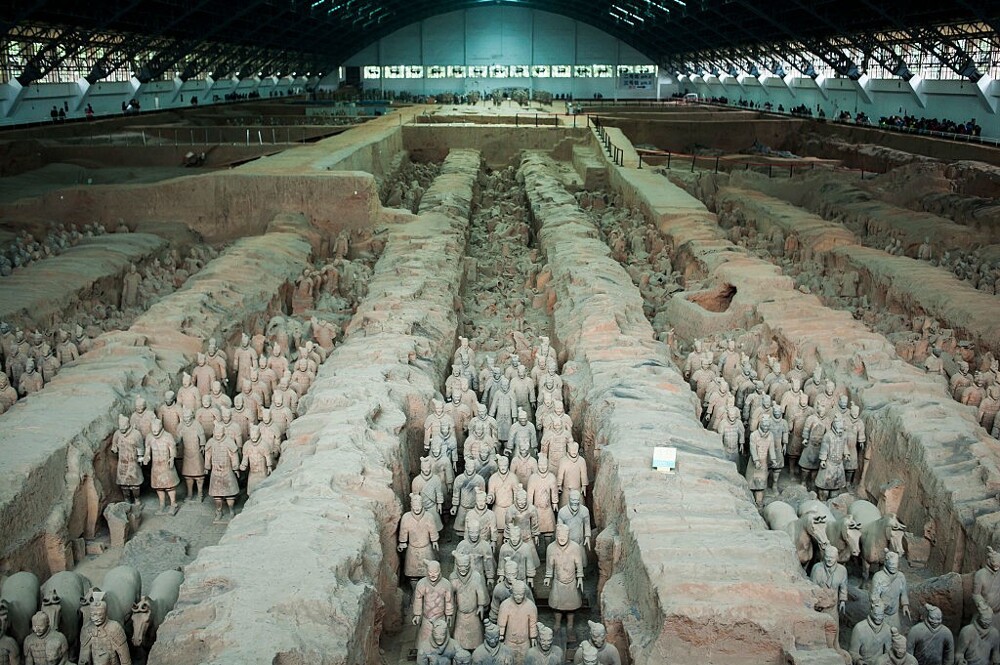
Terracotta Army 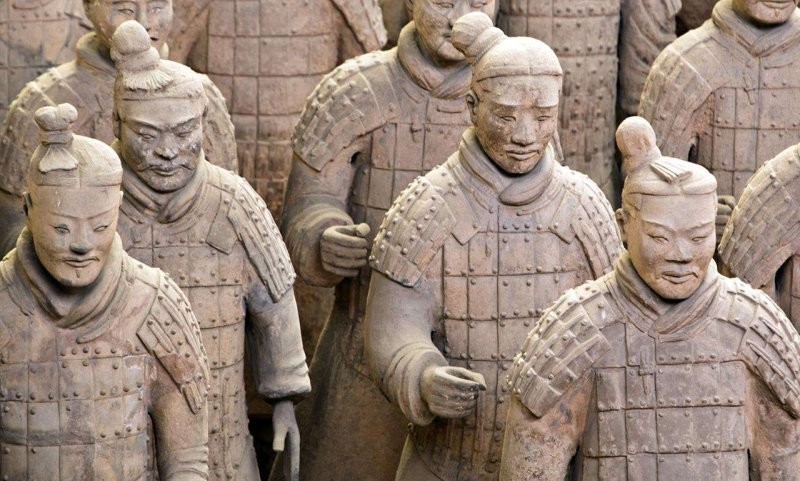
Full size statues of warriors known as Terracotta the army is the most striking attraction of the mausoleum. It consists from more than 8000 statues of warriors, and many other figures: 520 horses, 130 chariots and 150 cavalry horses, as well as musicians, strongmen, acrobats and court officials. All figures are detailed, with armor, equipment, and each warrior has a unique appearance and facial expression. Experts determined that the statues were once painted with natural pigments.
Why are there so many statues of warriors in the mausoleum? 
Archaeologists still do not know the exact reason for the construction statues in this scale. The most common theory is that they were used as symbols of protection for their emperor in afterlife. They also buried, for example, the ancient Egyptians - with household items that could be useful after death. Another interesting fact: all the figures are facing east, in the direction of the enemies Qin Shi Huang. Another version is that the statues were placed in the mausoleum in as a substitute for human sacrifice: since in that era in In China, it was customary for servants to be buried with their masters when they were dying.
The excavation of the tomb has not yet been completed. 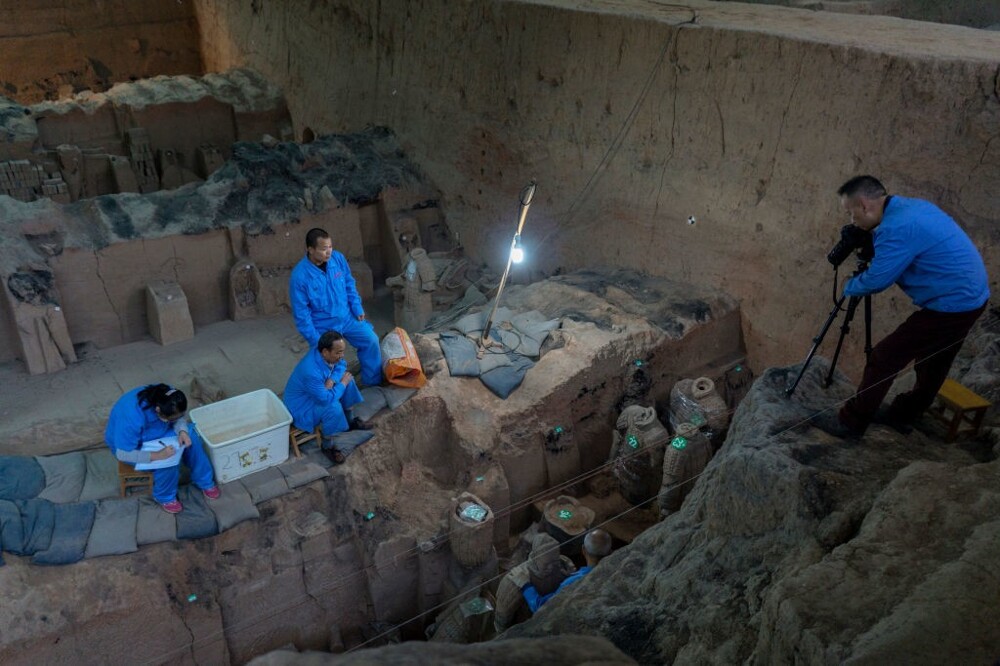
Archaeologists have not yet reached the very tomb of Qin Shi Huangdi, as well as the underground palace, which is located next to it. What's in them is still a mystery. The authorities do not give permission for large-scale excavations, fearing to damage valuable artifacts and lose important historical data in progress. In addition, excavations can dangerous: soil analysis revealed an increased content of mercury. By order the emperor himself on the floor of the mausoleum depicted a map of the empire, and the "rivers" and The "seas" on it were filled with mercury. Some experts also reported that there are booby traps around the tomb - in order to avoid unauthorized intrusions.
